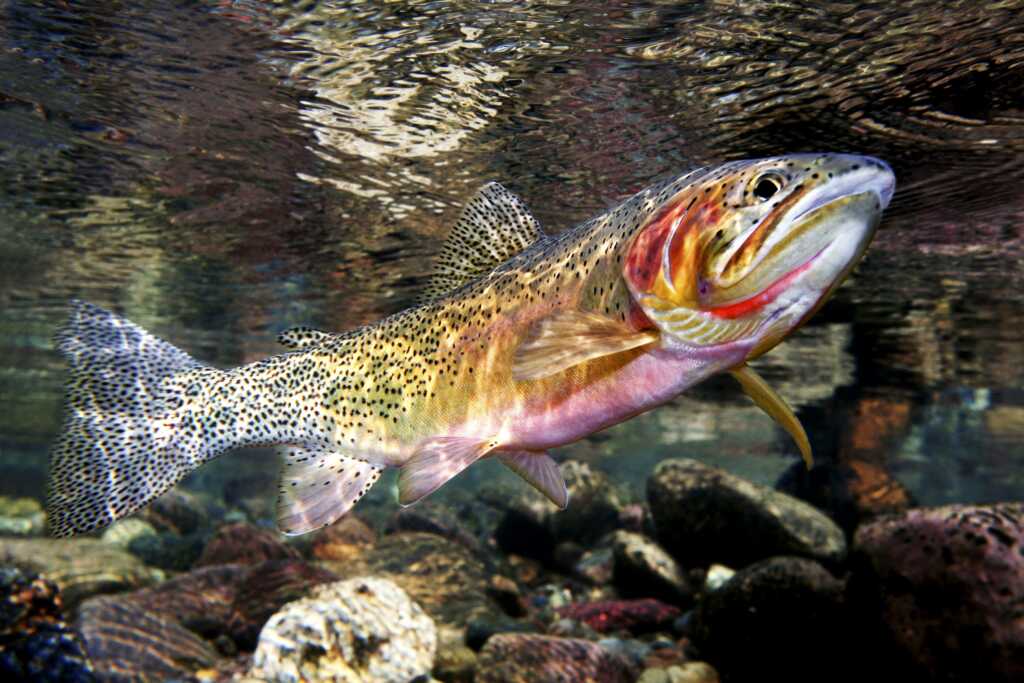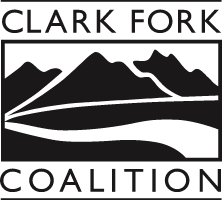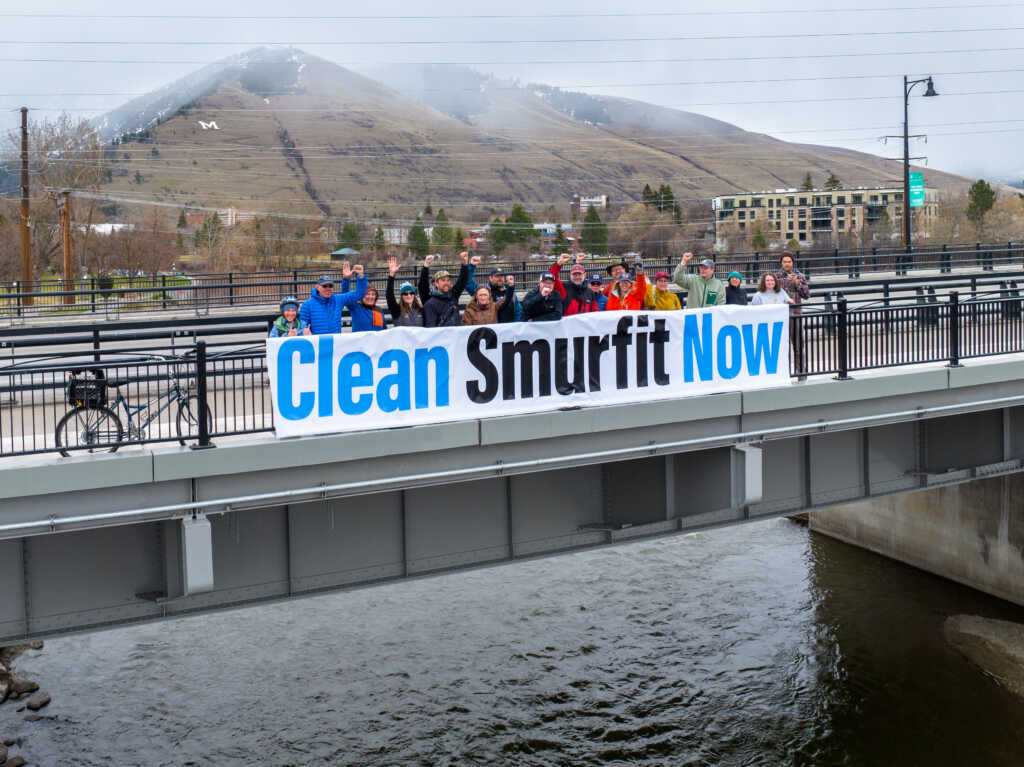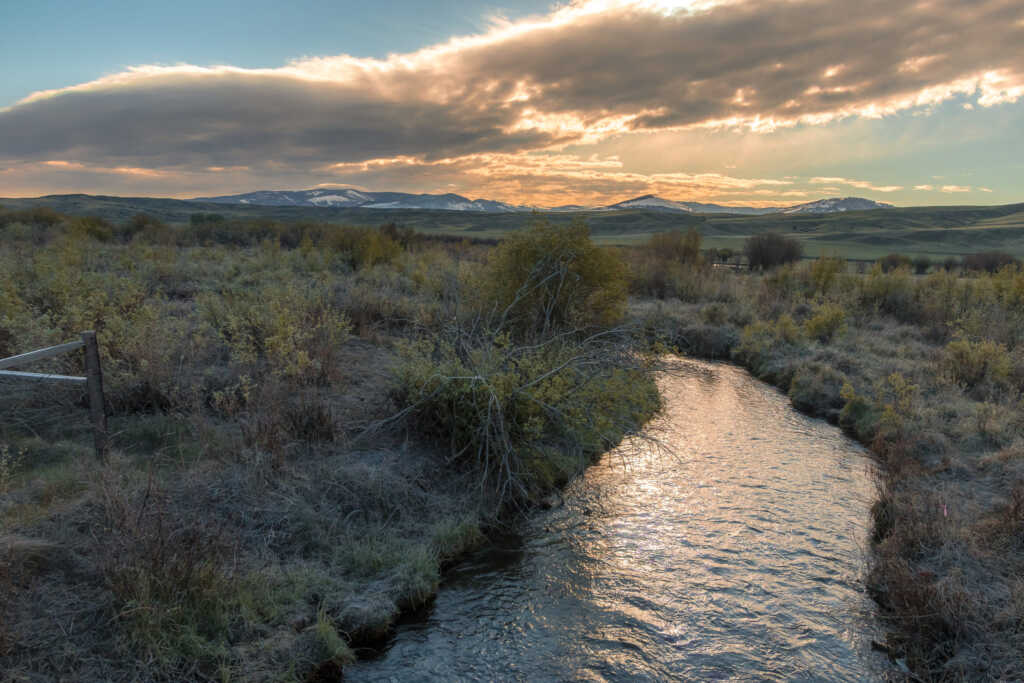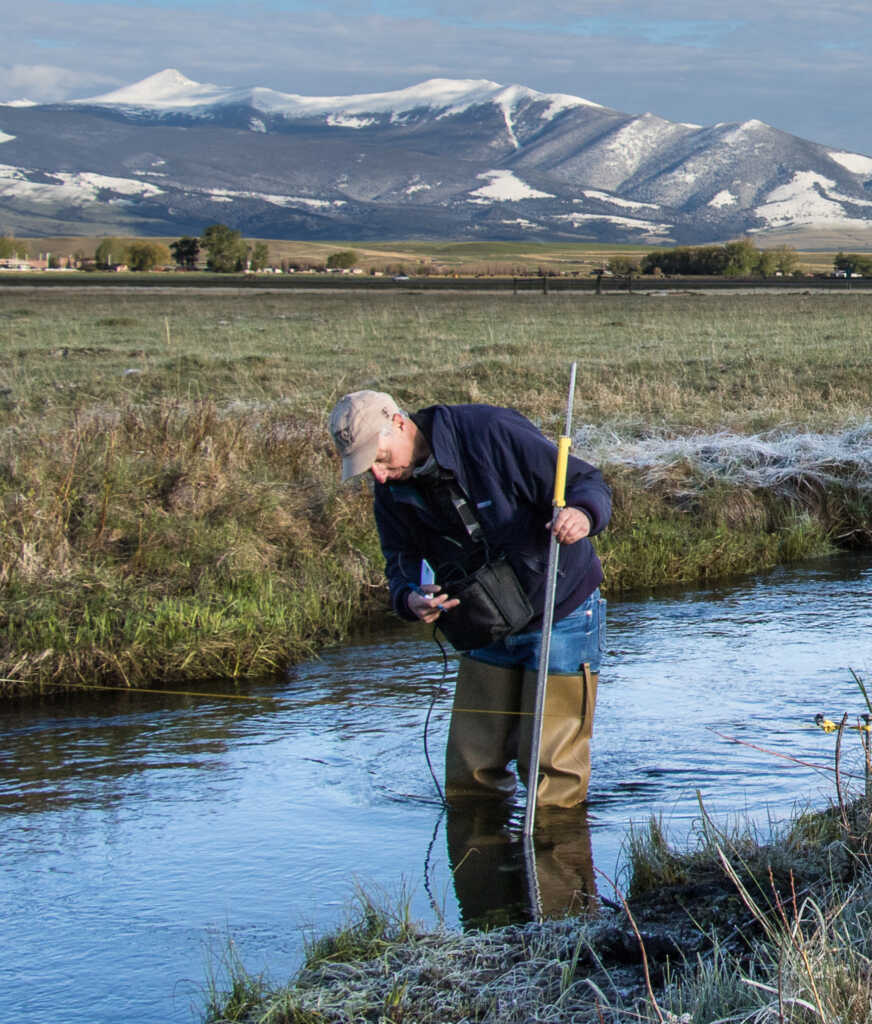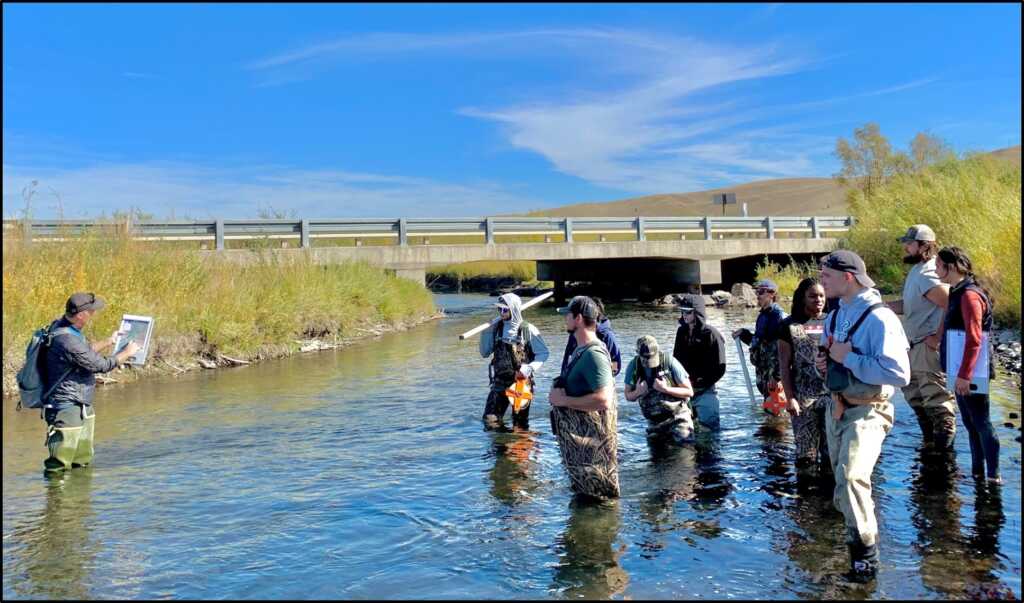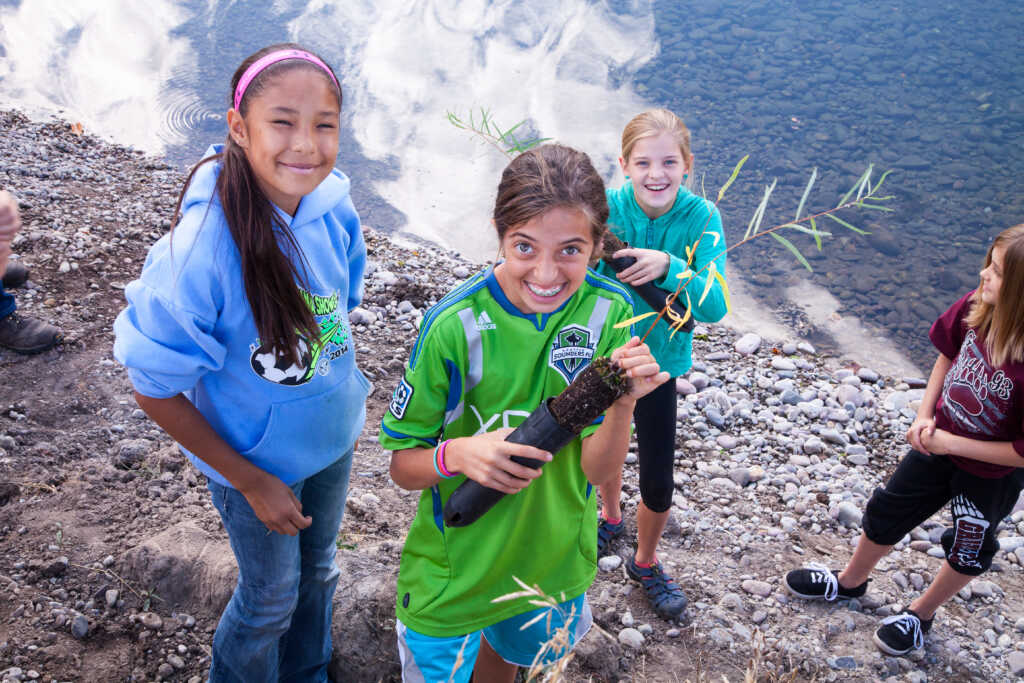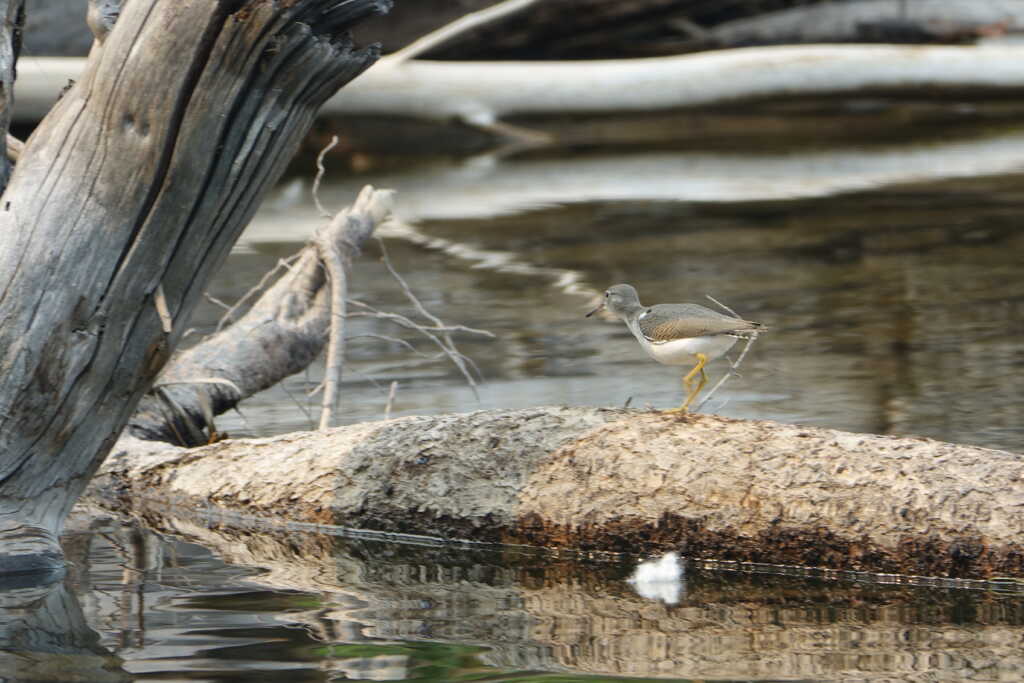What We Do
The Clark Fork Coalition, along with our partners and champions, makes a significant difference in the Clark Fork River watershed by actively protecting and restoring aquatic and riparian habitat, flow levels, and water quality. We employ a number of tools to address today’s challenges and to manage future threats so the region will flourish for generations to come.
